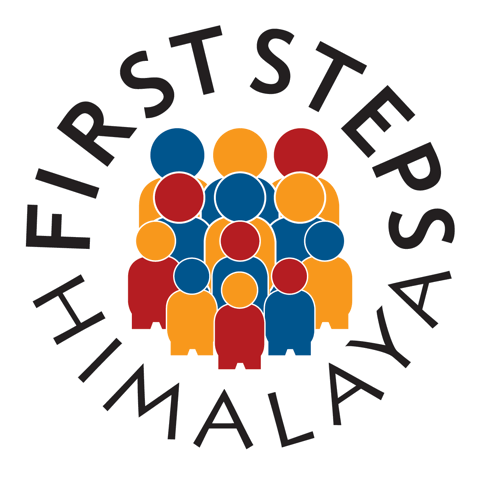In Nepal, there are huge disparities between cities and villages in terms of livelihoods, opportunities and schooling. In the past 70 years Nepal has undergone rapid urban expansion, as a chance for a life that was very different from rural villages presented itself in cities like Kathmandu and Pokhara. As Nepal opened up to the world, a booming tourism industry drew people from surrounding regions to work in cafes, restaurants and bars in the city, as well as chances to train and work in finance, government and other services unheard of in rural areas.
Luxury hotels and restaurants are magnets for rural workers.
Opportunities in the cities and tourist areas attract migrants from all over Nepal
The British School Kathmandu now attracts Nepali students whose parents can afford top quality private education.
In 1961, the capital city of Kathmandu had a population of 122,507 - a number which, as of 2020, is now around 1.4 million. The density of wealth in urban areas greatly impacts the availability and quality of education of the cities, particularly in Kathmandu.
With the availability of private schools, and their ability to hire selectively teachers with higher qualifications, many children in cities generally experience a higher quality of education.
Employment, better educational opportunities and a more comfortable lifestyle are some of the pull factors attracting families to leave their villages and relocate to urban areas.
A child eating beaten rice in rural Nepal
For those who can afford it, Western food is widely available in the cities.
Now, the growing middle class choose to educate their children in Kathmandu or other cities in the hope that the next generation will have a better education and quality of life. This results in a falling roll at rural schools, school closures and a wider gap between rural and urban education.
First Steps Himalaya’s focus is solely on improving rural education for this reason, lessening the educational divide between Nepal’s villages and cities.
First Steps Himalaya works through its local partner in Nepal to support schools with teacher training and mentoring, classroom fit out and educational resources.
During the Rana regime, a man called Jagat Lal ran a school at his home despite great personal risk. His school was one of the few places that children could learn. He wrote textbooks and children’s stories and was an advocate of teaching English language. Some of his students went onto became famous in their own right as pioneers in education and industry.
Traditionally, education in Nepal was confined to monastic and religious institutions, where the teaching revolved around Sanskrit and religious texts. During the Rana regime (1846-1951), formal education started to gain ground, but it primarily served the interests of the ruling elite and high-caste families in urban centres such as Kathmandu. Exclusive and selective schools such as Durbar High School, which was founded in 1854, initially only accepted pupils from these ruling families. The caste-based discrimination prevalent in Nepal’s first schools has significant impact today, as families that have been well-educated for several generations tend to have higher-paying jobs, allowing them to secure a private education for their own children.
Since the fall of the Rana regime, the government has taken some initiatives to expand education, but progress has been slow and inconsistent due to various challenges. Remote locations, lack of proper transportation, and inadequate school facilities have made it difficult to provide quality education to rural communities.
Young children in rural schools are often left to sit on a broken wooden platform in a filthy classroom without a teacher.
Damage from the 2015 earthquake to a school in Nuwakot went years without repairs
Additionally, poverty and traditional beliefs in some rural areas have contributed to lower enrollment rates and higher dropout rates among children. In many cases, a parent’s attitude towards their children’s education is shaped by their own level of education, creating significant challenges when schools are a relatively recent addition to rural communities.
Many mothers have not completed their education and with absent husbands keep children ( especially girls) behind to help in the house and on the land.
Children from families that are not only poor but uneducated themselves have little chance of gaining a good education in rural Nepal.
At First Steps centres, young children can have access to quality education without leaving their villages. Education is important in breaking the generational cycle of poverty, and therefore it is vital to instill a belief in the value of education in rural Nepali regions.
Hands on numeracy learning at our centre in Sangachok.
Children at project schools are encouraged to read in English and Nepali.
For more information visit www.firststepshimalaya.org














